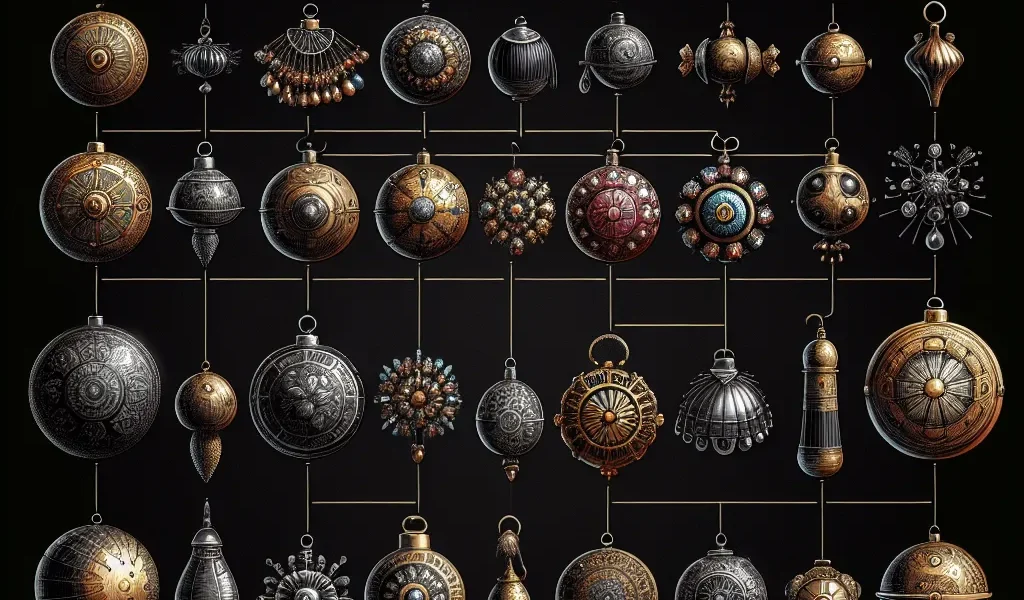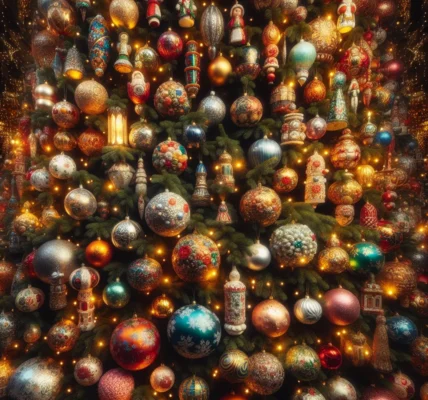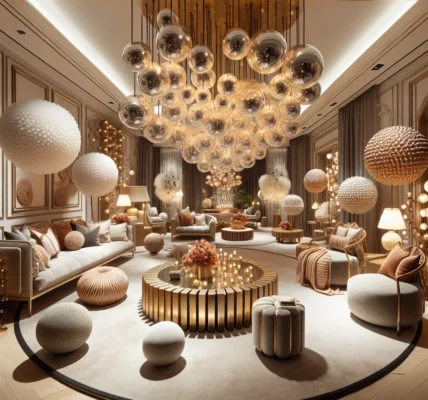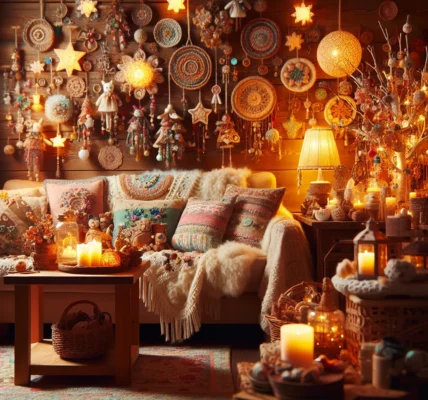The Origin of Baubles in Ancient Civilizations
The history of baubles dates back to ancient civilizations, where they were used for various symbolic and decorative purposes. The earliest evidence of baubles can be traced back to ancient Mesopotamia and Egypt, where they were crafted from materials such as clay, wood, and precious stones. These ancient baubles were often worn as jewelry or used in religious ceremonies as symbols of status, protection, and spirituality.
In Mesopotamia, baubles were commonly worn as amulets or talismans to ward off evil spirits and bring good luck to the wearer. They were also intricately designed with symbolic motifs to represent important aspects of life, such as fertility, prosperity, and eternity. Similarly, in ancient Egypt, baubles were deeply intertwined with religious beliefs and were often buried with the deceased to accompany them into the afterlife.
As civilizations evolved, so did the use of baubles. In ancient Rome, baubles were widely used as decorative elements in domestic settings, adorning furniture, clothing, and even horse harnesses. They were crafted with exquisite designs and vibrant colors, reflecting the artistic and aesthetic sensibilities of the time.
The tradition of using baubles as decorative ornaments continued through the medieval period and into the Renaissance, where they adorned clothing, accessories, and religious artifacts. With the onset of the Industrial Revolution, the production of baubles became more accessible, leading to their widespread use in festive decorations during the Victorian era and beyond.
From their humble origins in ancient civilizations to their enduring presence in modern-day ornaments and decorations, baubles have retained their significance as timeless symbols of beauty, tradition, and cultural heritage. Today, they continue to adorn festive trees, holiday displays, and personal accessories, serving as a reminder of their enduring legacy throughout human history.
Evolution of Baubles Through the Ages
Baubles, ornamental trinkets often used as decorations, have a long-standing history dating back to ancient times. The evolution of baubles through the ages reflects changes in cultural traditions, artistic styles, and technological advancements. In ancient civilizations such as the Egyptians and the Romans, baubles were crafted from materials like glass, clay, and precious metals. These early baubles often held symbolic significance and were used in religious ceremonies and as status symbols.
As time progressed, baubles evolved alongside human civilization. During the Middle Ages, baubles adorned religious artifacts, adding a touch of splendor to the ornate works found in churches and palaces. The Renaissance period brought forth a shift in bauble design, with intricate details and vibrant colors becoming prominent.
The industrial revolution marked a turning point in bauble production, as mass manufacturing techniques made baubles more accessible to the general populace. This period saw the emergence of glass baubles, which became a staple in holiday decorations, particularly during the Victorian era when Christmas trees adorned with colorful baubles became fashionable.
In modern times, the evolution of baubles continues with a diverse range of materials and styles. From traditional glass baubles to contemporary designs made from plastics and recycled materials, the art of bauble-making reflects the ongoing innovation and creativity of humanity. Today, baubles are not only associated with seasonal festivities but also serve as decorative elements in interior design, fashion accessories, and artistic expressions.
The evolution of baubles through the ages showcases how these decorative ornaments have adapted to changing tastes and societal trends, while retaining their inherent charm and allure.
Baubles in Renaissance and Baroque Eras
During the Renaissance and Baroque eras, baubles, also known as trinkets or small decorative ornaments, played a significant role in the fashion and culture of Europe. These periods, known for their lavish and opulent aesthetics, saw the use of baubles in various forms across different aspects of life.
In fashion, baubles were popular accessories worn by both men and women. They adorned clothing, hats, and hairstyles, adding a touch of luxury and extravagance to the attire. Precious gemstones, intricate metalwork, and elaborate designs made these baubles highly sought after among the elite class.
Furthermore, baubles were not limited to personal adornment but also found their place in interior décor. Ornate chandeliers, decorative figurines, and embellished household items adorned with baubles became prominent features in the homes of the wealthy.
Art and literature of the Renaissance and Baroque eras also frequently depicted baubles as symbols of wealth, power, and beauty. Paintings, sculptures, and written works often showcased characters adorned with baubles to convey their social status and opulence.
Overall, the Renaissance and Baroque periods marked a significant surge in the use and significance of baubles, solidifying their status as emblematic of luxury and sophistication in European society.
Contemporary Baubles: Trends and Innovations
Contemporary baubles, also known as decorative trinkets or ornaments, have evolved significantly from their ancient predecessors. In recent years, there has been a surge of innovative trends in bauble design and production, influenced by modern aesthetics, technology, and sustainability practices. One notable trend is the use of eco-friendly materials such as recycled glass, wood, and metal, reflecting the growing consumer demand for environmentally conscious products.
Furthermore, contemporary baubles often incorporate minimalist and geometric designs, departing from the traditional elaborate patterns seen in ancient times. This shift in design reflects a modern preference for sleek and understated aesthetics, tying into broader design trends in interior decor and fashion.
Another noteworthy innovation in the world of baubles is the integration of smart technology. This includes the development of LED-illuminated ornaments and interactive baubles that can sync with mobile devices, adding an element of interactivity and personalization to traditional decorations.
Moreover, the rise of artisanal and handcrafted baubles has gained traction in contemporary times, as consumers seek unique and personalized ornaments that tell a story. This trend aligns with the growing appreciation for craftsmanship and quality in a world dominated by mass-produced goods.
In conclusion, the history of baubles has culminated in a dynamic and diverse contemporary landscape, where innovation and tradition intersect to cater to the evolving tastes and values of modern consumers.




